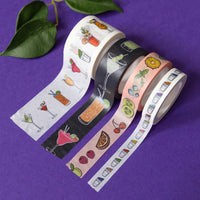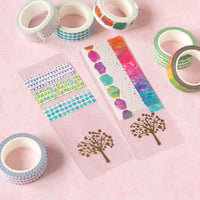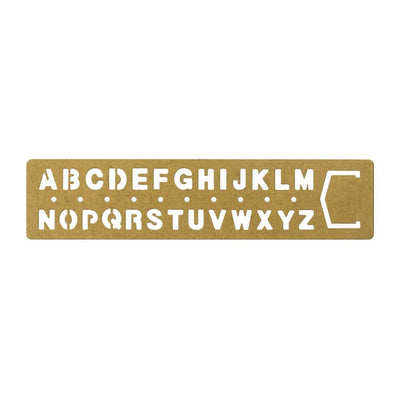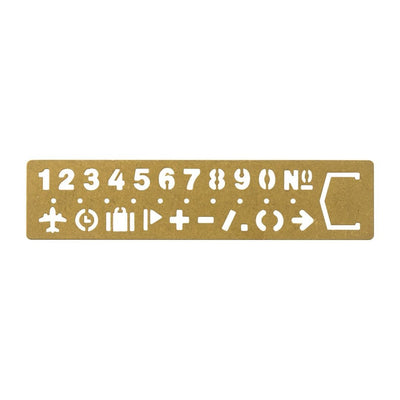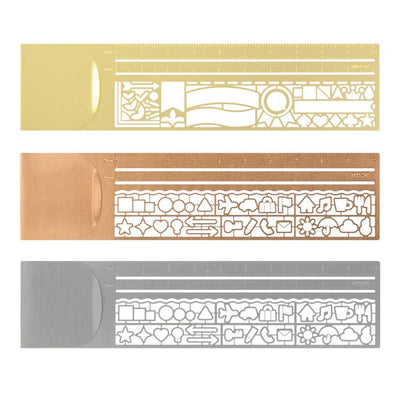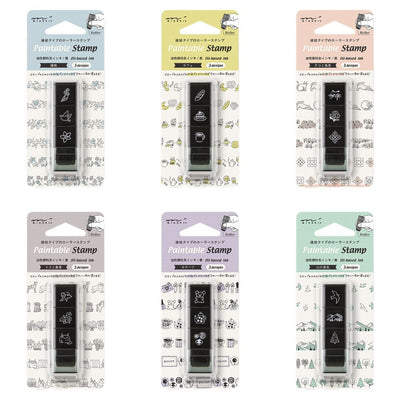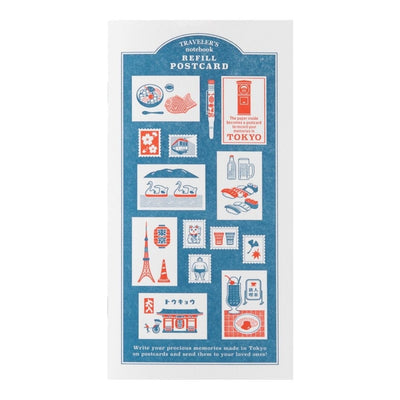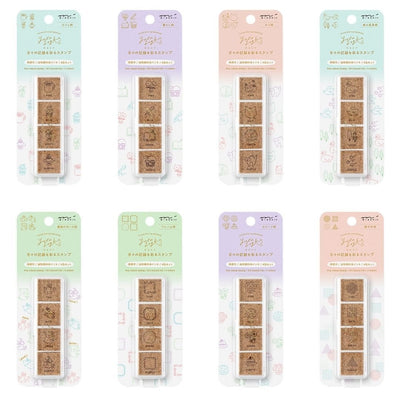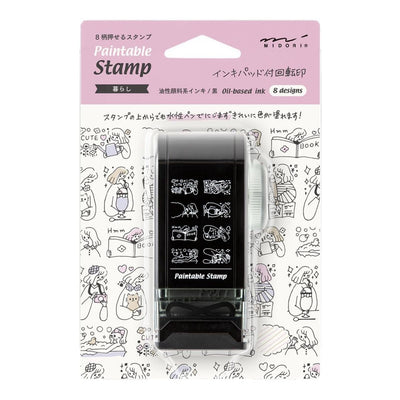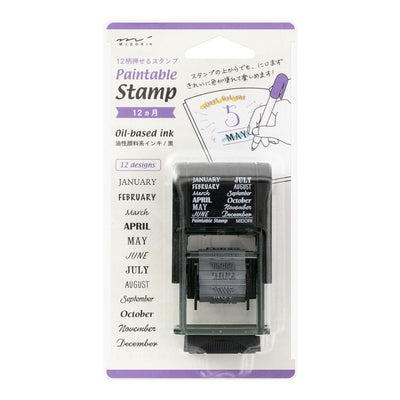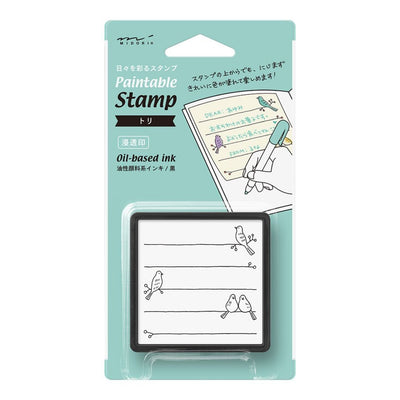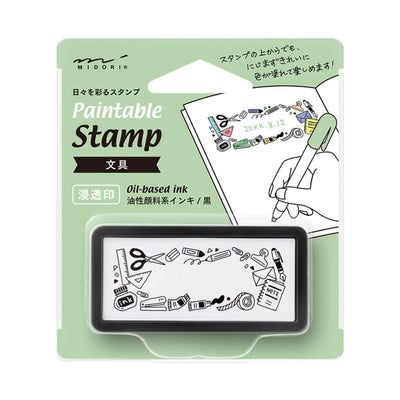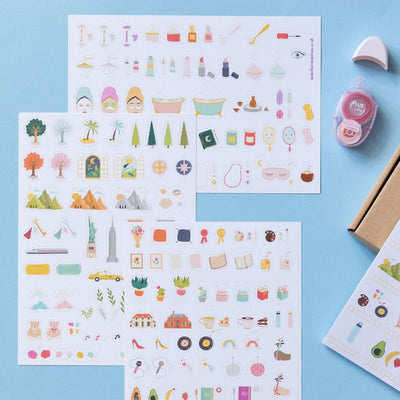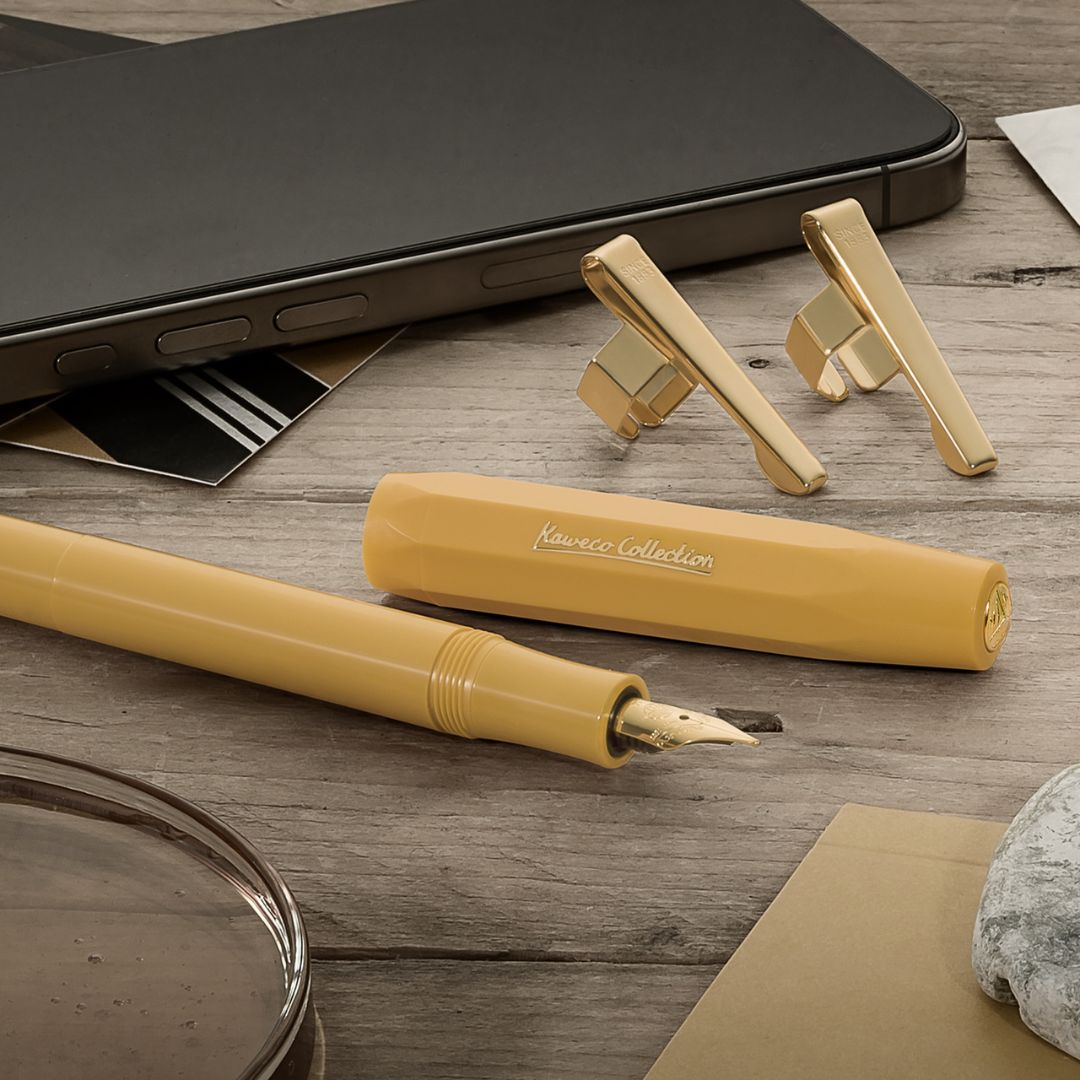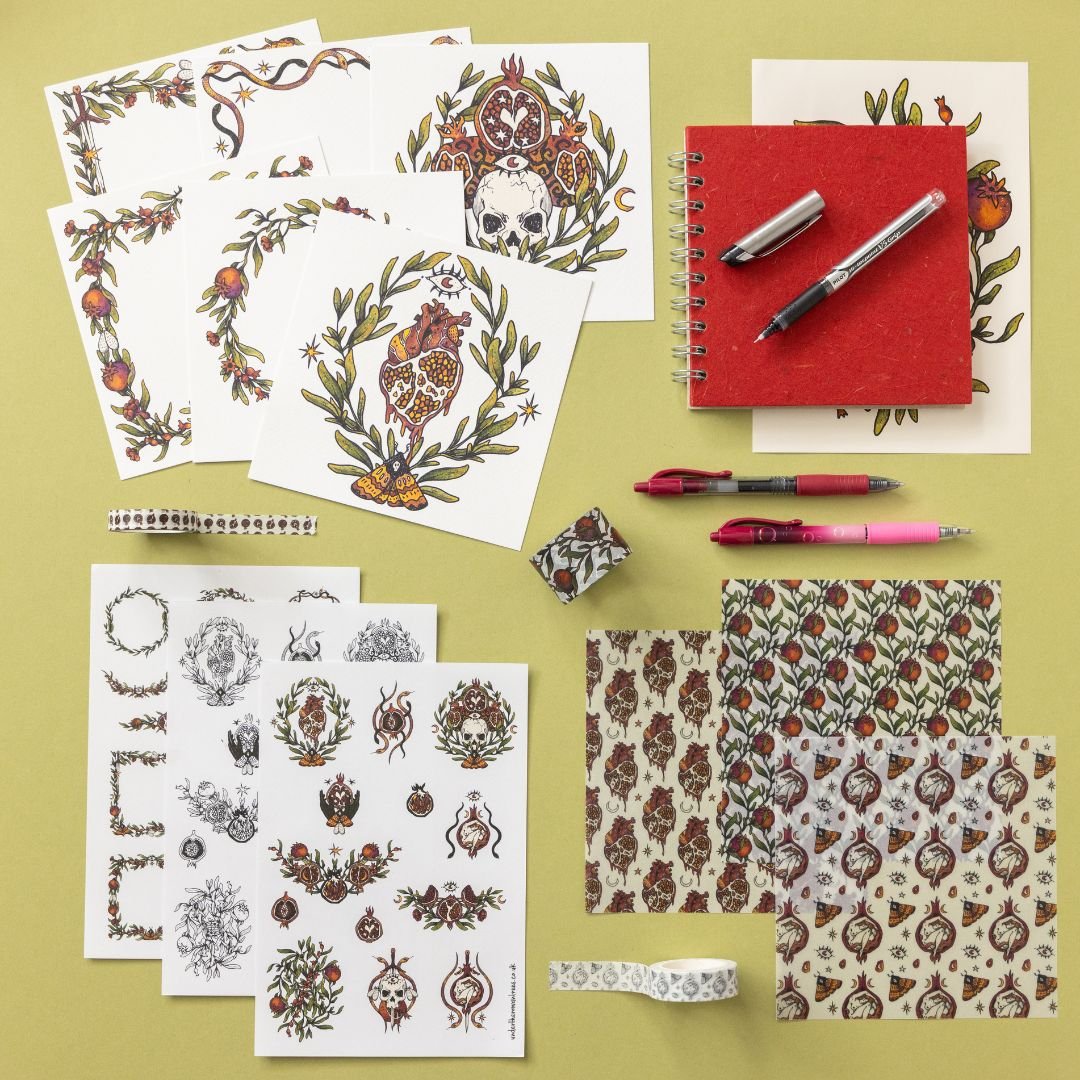
What do I need to get started with bullet journaling?
Very little! You can buy notebooks specially designed for bullet journaling, and I will look at those in more depth in another post, but you can use any notebook. A lot of people like to use a dot grid as it gives more freedom whilst also giving some structure, but that is totally up to you. It is possible to use this system in a regular lined notebook, or even in a diary or planner. A5 and A6 are both popular sizes, as are B5 and B6. It depends on whether you want to carry your bullet journal everywhere with you or if it will be sitting on your desk most of the time. You should experiment and find what works for you.
Stationery
To get started, you just need a pen or pencil and a ruler! It's that easy! Once you get used to the system, you may want to make your bullet journal pretty; this is when stickers, washi tape and colourful pens come in. This is also where stationery hoarding becomes addictive! You have been warned!
'You really don't need much to start bullet journaling: a notebook, a pen and a ruler.'
Under the rowan trees
What are the sections of a bullet journal?
Index
The index in your bullet journal is just like the index in a book. Simply number your pages, then add those pages along with a brief description into the first spread (two pages) of your notebook so that you can easily find what you are looking for.
Future Log
A future log is an overview where you can plan ahead and keep track of events coming up later in the year. Depending on how busy your schedule is, you can create one for six or twelve months across a double-page spread. Remember to add it to your index.
Monthly Log
Create a two-page spread for each month of the year. On the left-hand page, the dates (and days) of the week act as a calendar. I prefer just to add the first letter of each day of the week so I don't need to keep checking back. This is where you add appointments, deadlines, birthdays, etc.
On the opposite page, start your first task list. This is where the bullet journaling system becomes really useful. Not only are you keeping track of when you need to go to the dentist, but also of all the things you need to do in order to be productive. You can list everything you want to achieve this month, whether it be a 10K race or a series on Netflix. Each task should have a simple dot bullet next to it.
Daily Log
Your daily log is where you break down those tasks into manageable chunks. On the page following your monthly log, write the date. You might be able to fit a whole week across a spread or if you are super busy, you might want a day to a page. Again, this is totally your personal preference and will depend on the size of your notebook and your handwriting!
How do I use a bullet journal?
All your entries should be short, bulleted sentences to make the system quick and easy. Mark each entry with a bullet.
. Task
o Event
- Notes
Signifiers
Signifiers add extra meaning to bullets. Add a star to the left of a task to show priority or an exclamation to the left of a note to show inspiration. These stand out and make your entries easy to find. Why not come up with some of your own to make the system work for you?
Migration
At the end of the month, start a new monthly log. Migration is designed to weed out the items on your list that you are never going to do. The aim of this system is to make you more productive rather than busier.
Cross out the bullets on all completed tasks, then review those left open. Is it still worth your time? If not, cross it out. If it is, turn the dot into a right arrow > and add the entry to the new monthly log.
If a task is not due for some time, turn the dot into a left arrow and add that event into the corresponding month in your future log.
Is a bullet journal right for me?
The beauty of this system is that you can adapt it to suit your needs. If you already have a beautiful planner or diary, throwing it away and starting from scratch makes no sense. Why not use the system to speed up the way you record entries in your diary and see how it works for you?
'The system is flexible and can be made to work for you using your favourite journal or diary.'
Under the Rowan Trees
Reviewing your lists regularly and getting rid of entries you are never going to act on or which have now become irrelevant is a great habit to get into.
I can highly recommend The Bullet Journal Method by Ryder Carroll. Once you understand the rationale behind the system, it all makes so much more sense. Before you worry about making your journal pretty, focus on the basics.
Above all, it has to work for you.
Visit bulletjournal.com to learn more about the system and its developer and stay tuned for more blog posts focusing on specific elements of journaling and how you can adapt it to suit your needs.
